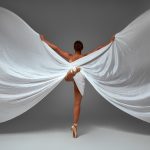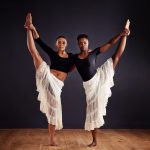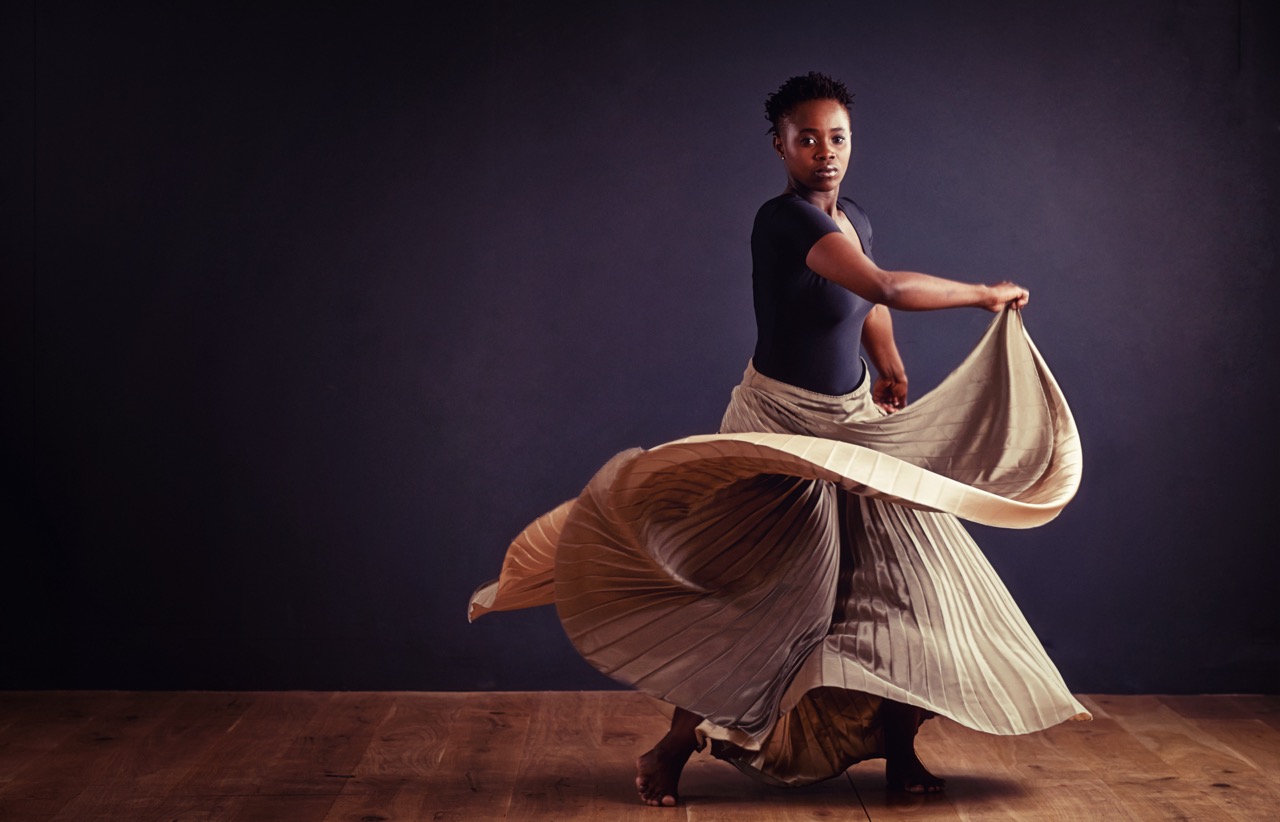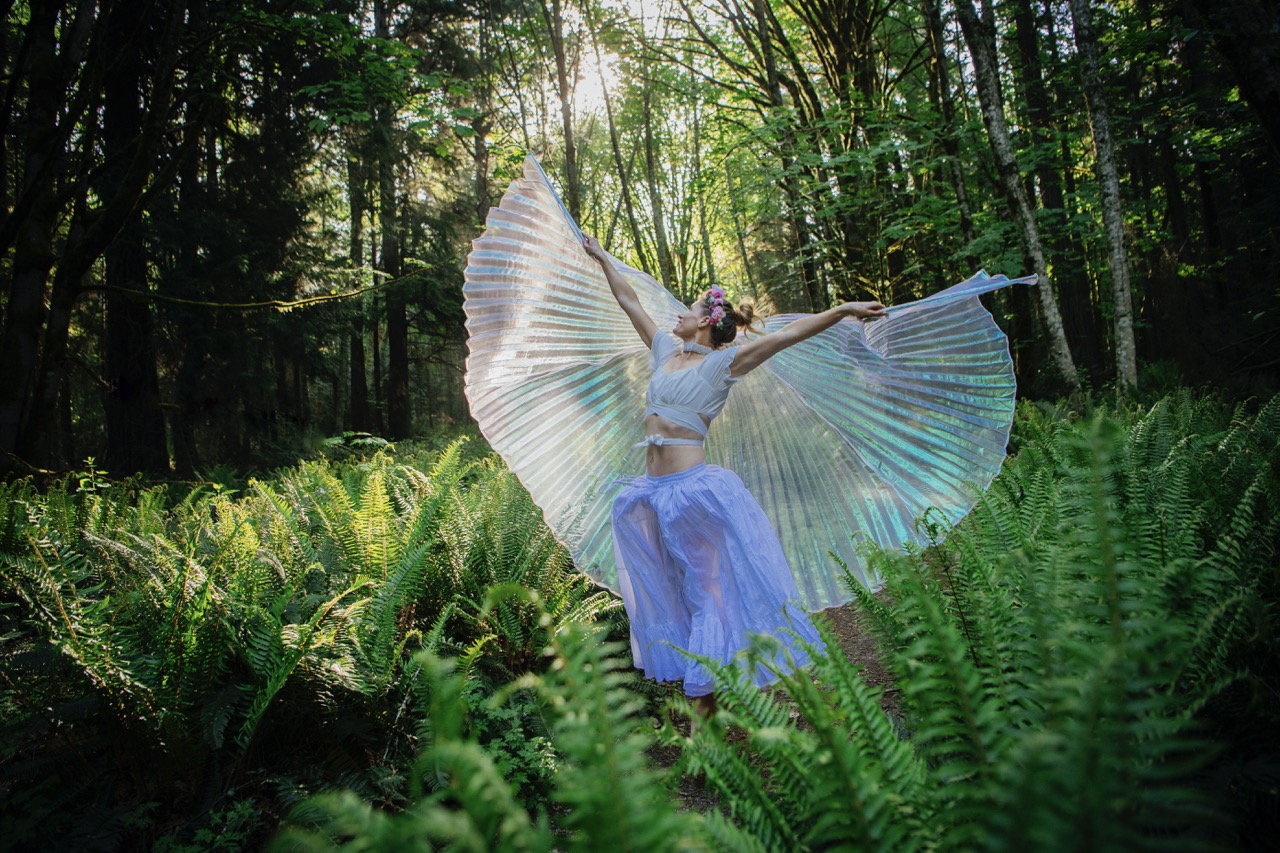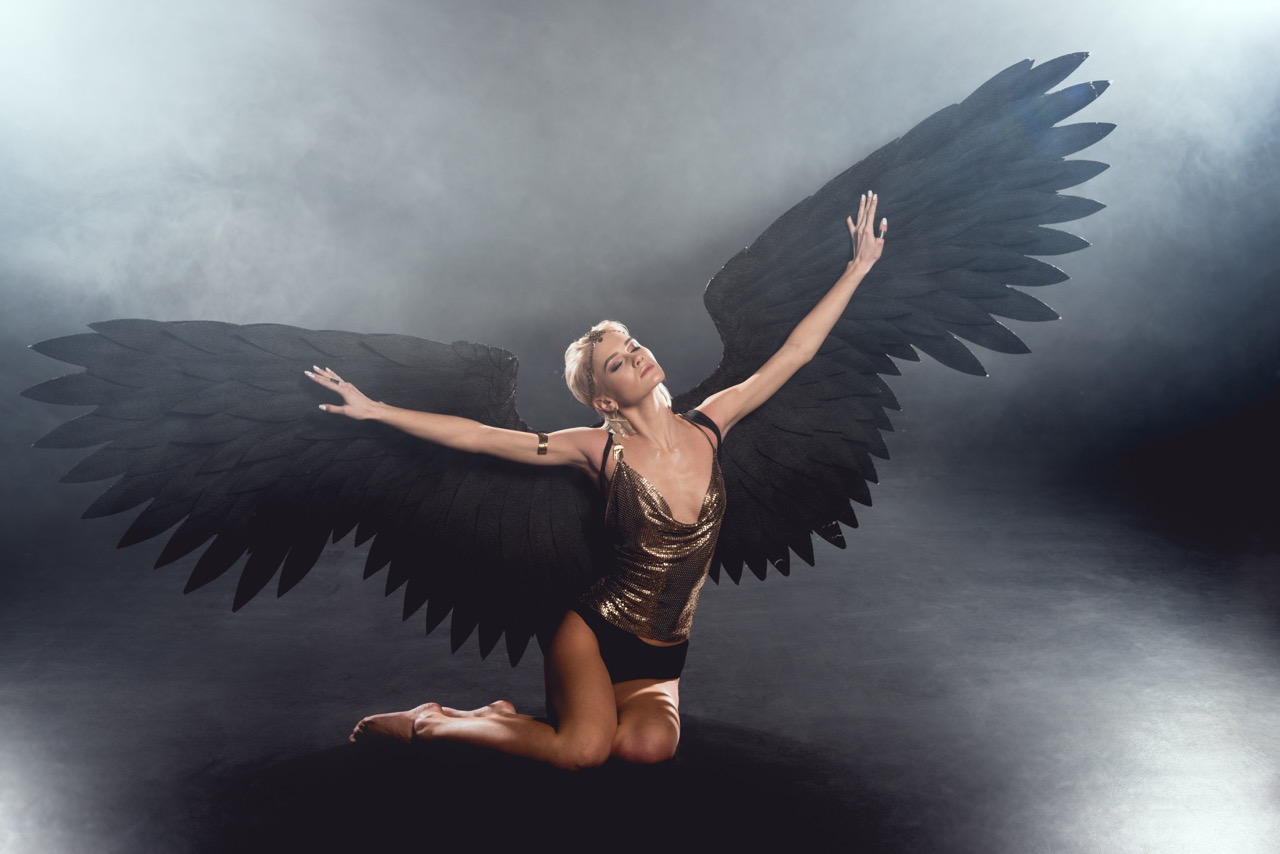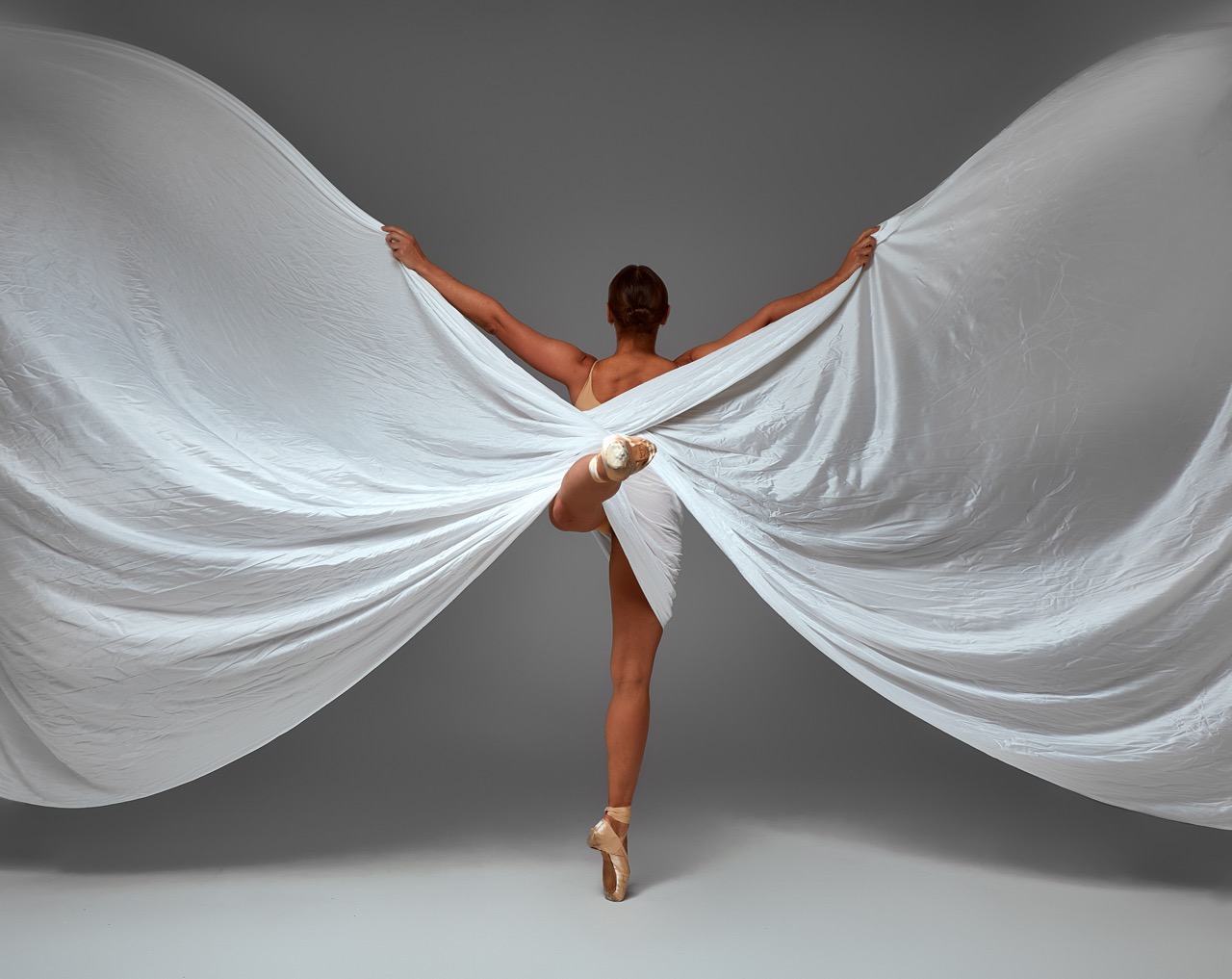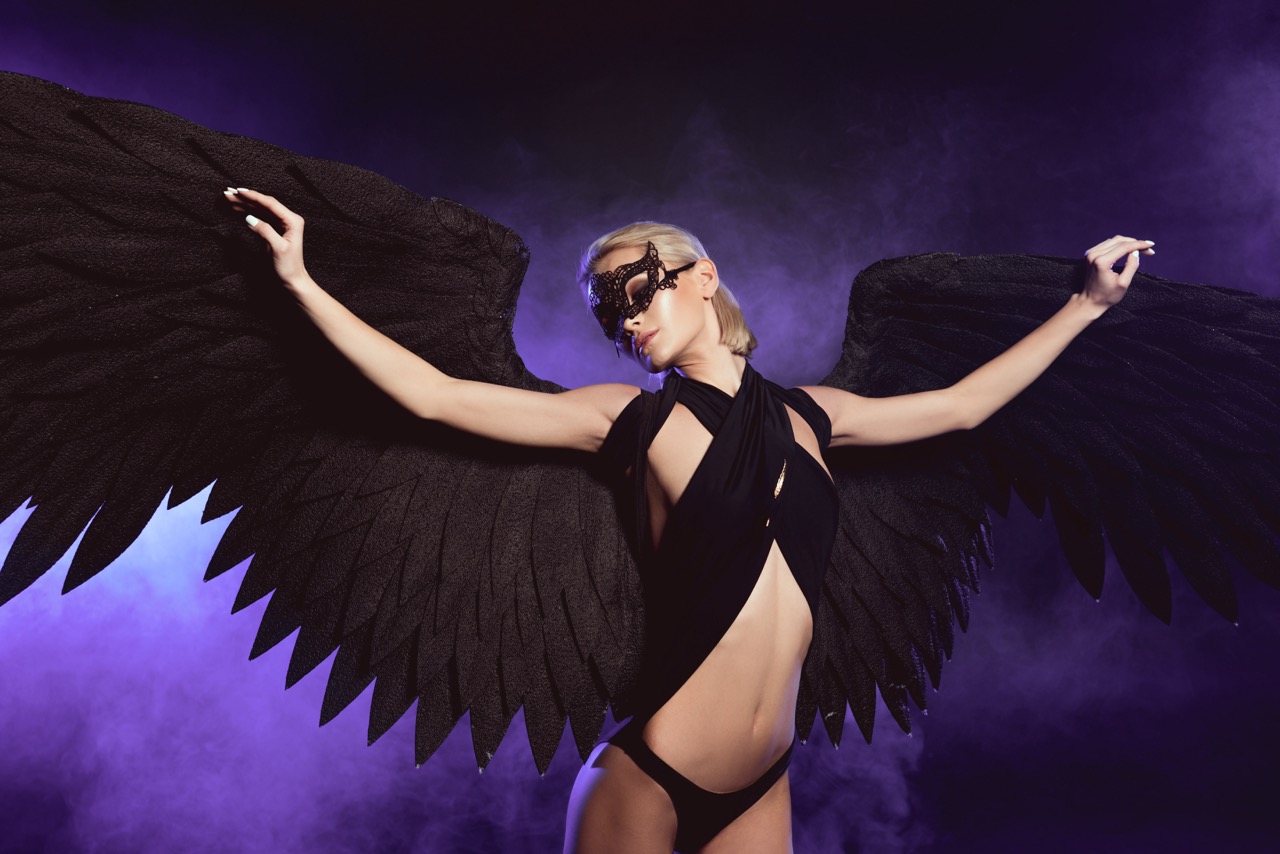The world of dance has always been a canvas of creativity and expression, where performers push boundaries to captivate audiences. Among the most enchanting elements of dance are the wings—symbols of freedom, grace, and transcendence. As technology evolves, particularly with the rise of Virtual Reality (VR) and Augmented Reality (AR), the way dancers wear and interact with wings is undergoing a renaissance. This article explores the transformative impact of these digital technologies on wing design, accessibility, and the overall performance experience, heralding a new era in the art of dance.
The Evolution of Dance: From Traditional to Digital Wings
Historically, wings have been a significant aspect of various dance forms, from the ancient rituals of the Egyptians to the whimsical performances of modern ballet. Traditional wings, crafted from feathers or fabric, were not only a visual spectacle but also a testament to the craftsmanship involved in their creation. Dancers would invest time and effort into finding the right materials and designs that not only enhanced their movements but also aligned with the thematic elements of their performances.
With the advent of technology, the conceptualization of wings has begun to shift. Dancers and choreographers are now exploring the potential of VR and AR to create digital wings that defy the limitations of physical materials. These digital representations can be tailored to suit individual styles, performances, and narratives in ways that traditional wings simply cannot. The ability to experiment with colors, textures, and forms allows dancers to reinvent their performances, making every show a unique and immersive experience.
The evolution from traditional to digital wings reflects a broader shift in the dance community, where performers are increasingly embracing technology as a means of self-expression. This transformation encourages collaboration between dancers and technologists, fostering a new creative dialogue that enriches the art form. As dance continues to evolve, the intersection of tradition and innovation promises to redefine how wings are perceived and utilized on stage.
Immersive Experiences: How VR Enhances Wing Design
VR technology not only opens up new realms of creativity but also enhances the design process for winged costumes. Designers can now create intricate, animated wings that respond to the dancer’s movements in real-time, allowing for an unparalleled visual experience. Using VR, performers can step into a virtual studio where they can see and interact with various wing designs without the constraints of physical materials, fostering a more experimental approach to costume design.
Moreover, VR simulations can help dancers visualize the impact of their movements with these new wing designs before stepping onto the stage. By experiencing their performance virtually, dancers can adjust their choreography to maximize the aesthetic impact of the digital wings, ensuring that each flutter, spin, and leap is accentuated by the wings’ movement. This type of immersive experience not only enhances the dancer’s performance but also creates a more engaging experience for the audience.
As a result, the enhanced design process facilitated by VR is leading to richer narratives within dance performances. Wings can now be animated to reflect emotional states or thematic elements, adding a new layer of storytelling. Dancers become not just performers but also storytellers, using their bodies and the augmented elements of their costumes to convey deeper meanings. This synergy between technology and artistry marks a significant evolution in the way wings enhance dance.
AR Innovations: Transforming Wing Accessibility for Dancers
Augmented Reality is breaking down barriers to wing design and performance, making these beautiful elements more accessible for dancers of all levels. With AR applications, dancers can visualize how different wing styles will look on them using their smartphones or AR glasses, paving the way for personalization and creativity in costume choices. This accessibility is particularly beneficial for emerging dancers who may not have the resources to invest in elaborate costumes.
Additionally, AR allows dancers to prototype their wing designs before investing in physical materials. By overlaying digital wings onto their bodies in real-time, they can experiment with various designs, sizes, and colors, ensuring that they choose wings that align with their artistic vision. This level of customization empowers dancers to express themselves in ways that were previously limited by the constraints of traditional costume making.
The impact of AR on wing accessibility extends beyond individual dancers to encompass entire dance communities. Collaborative projects can emerge where dancers share digital designs or AR experiences, democratizing access to wing aesthetics. As a result, diversity in performance styles can flourish as dancers experiment with wings that encapsulate their unique identities, cultural backgrounds, and personal narratives, ultimately enriching the dance landscape.
Future Trends: The Next Chapter in Winged Performances
As VR and AR technologies continue to advance, the future of winged performances in dance promises to be both thrilling and unpredictable. We can anticipate the emergence of hybrid performances that blend live dance with immersive digital experiences, where dancers interact with virtual environments and audiences via augmented wings. This integration of technology could create an entirely new genre of dance, where the lines between the physical and digital worlds blur, offering spectators an unprecedented view of artistry.
Furthermore, we may see the proliferation of smart wings equipped with sensors capable of tracking the dancer’s movements and adjusting their appearance in real-time. These innovative wings could change colors, patterns, or shapes based on the dancer’s choreography or emotional expressions, creating a dynamic visual narrative that evolves throughout the performance. This level of interactivity could engage audiences on a deeper level, inviting them to experience the dance in a more visceral way.
Finally, the collaborative nature of dance and technology will likely foster a new wave of interdisciplinary projects that include input from artists, technologists, and designers. These partnerships will not only push the boundaries of what wings can do but also explore the relationship between technology, artistry, and the human experience. As we venture into this new chapter in winged performances, the possibilities are limited only by imagination, paving the way for a more vibrant and innovative future in dance.
The confluence of dance, VR, and AR is reshaping the landscape of performance art, particularly in the enchanting world of winged dance. As technology continues to evolve, the ways in which dancers wear wings are also transforming, allowing for unprecedented creativity, accessibility, and storytelling. This dynamic interplay between tradition and innovation not only enriches the dance experience for performers and audiences alike but also holds exciting prospects for the future of artistic expression. As we look ahead, we can celebrate a world where dance, technology, and the magic of wings come together to create unforgettable masterpieces.


